The friendly blackcapped chickadee
The black-capped chickadee is tiny, but its liveliness, resiliency and sociability are impressive. It can be identified by its black cap and bib, white cheeks and, in particular, by its distinctive call: “chick-a-deedee- dee”.
Like all small creatures – it weighs less than 11 g (0.38 oz.) – it must feed itself constantly to meet its energy requirements. All year round it explores its territory seeking the spiders and insects that make up two thirds of its diet. Seeds and berries complete the menu. The chickadee loves sunflower seeds; if you’re just slightly patient, it will come eat them from your hand.
In winter, chickadees move about in small groups, often accompanied by other species such as the downy woodpecker, brown creeper or whitebreasted nuthatch. A group is more likely, after all, to find its daily bread. During the day, chickadees brighten up the forest and stay in touch by emitting their characteristic calls. During the cold nights, they preserve their energy by lowering their body temperature by 10 or 12 degrees.
Like jays and nuthatches, chickadees hide their surplus food in tree bark cracks or tree cavities. Watch carefully what they do when they raid sunflower grains or suet from the bird feeders. Their memories are unusually good, and they remember their hiding places for more than a month.
Couples begin to form in April. They like to nest in a rotten tree trunk cavity, which they enlarge to meet their needs and line with moss, grass and feathers. But they may also use an artificial nesting box. The usual clutch is made up of six to eight eggs and the fledglings leave the nest at about two weeks of age.
In contrast to swallows, whose numbers are declining, the blackcapped chickadees are increasing in number in our area as they take advantage of the keen interest in bird feeders and nesting boxes. Let’s hope for a promising future for this friendly bird, which New Brunswick has chosen to be its avian symbol.
More from this author by clicking on his photo below.


Jacques Prescott131 Posts
Jacques Prescott est biologiste, professeur associé à la Chaire en éco-conseil de l’Université du Québec à Chicoutimi. Spécialiste de la biodiversité et du développement durable, il est l’auteur de nombreux livres et articles sur la faune et la conservation de la nature. Il nous fait l’honneur de rejoindre notre équipe de collaborateurs et signera chaque mois une chronique intitulée Faune et flore. / Jacques Prescott is a biologist, associate professor with the Chair in Eco-Counselling of the Université du Québec à Chicoutimi. A specialist in biodiversity and sustainable development, he is the author of numerous books and articles about wildlife and nature conservation. He has honoured us by joining our team of contributors and will write a monthly column entitled Wildlife and Habitat.
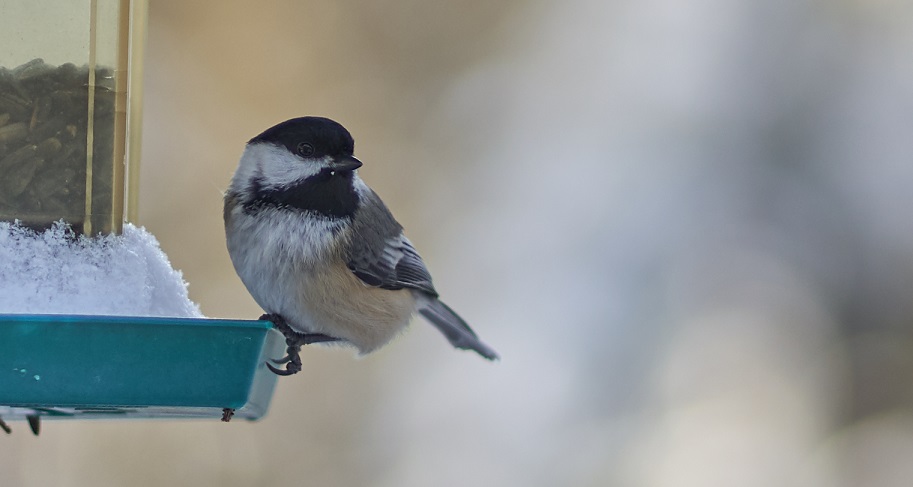


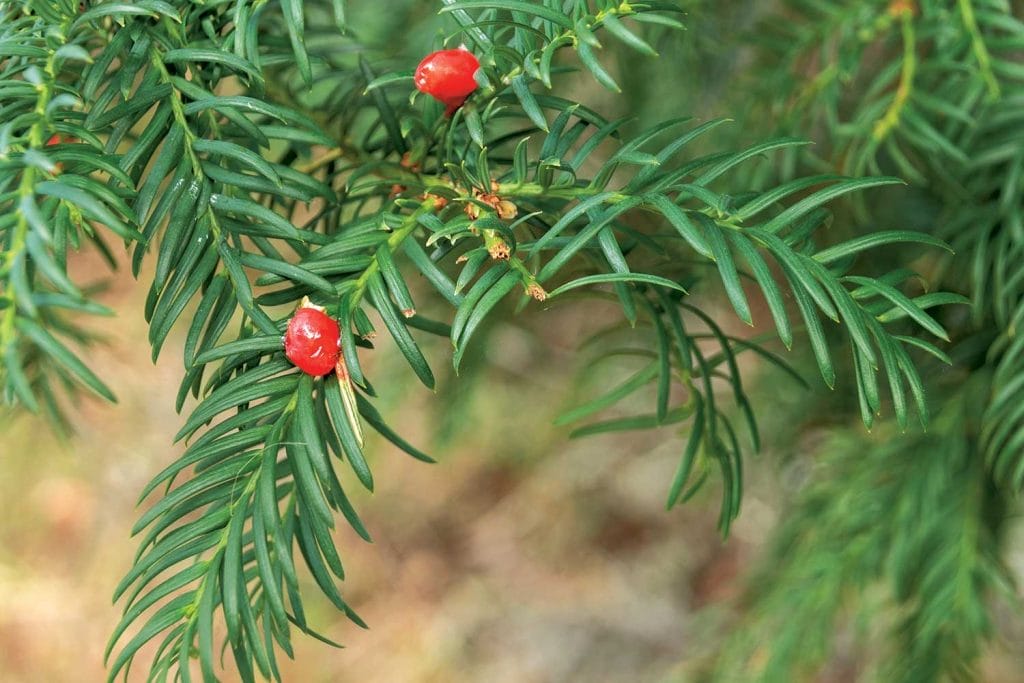
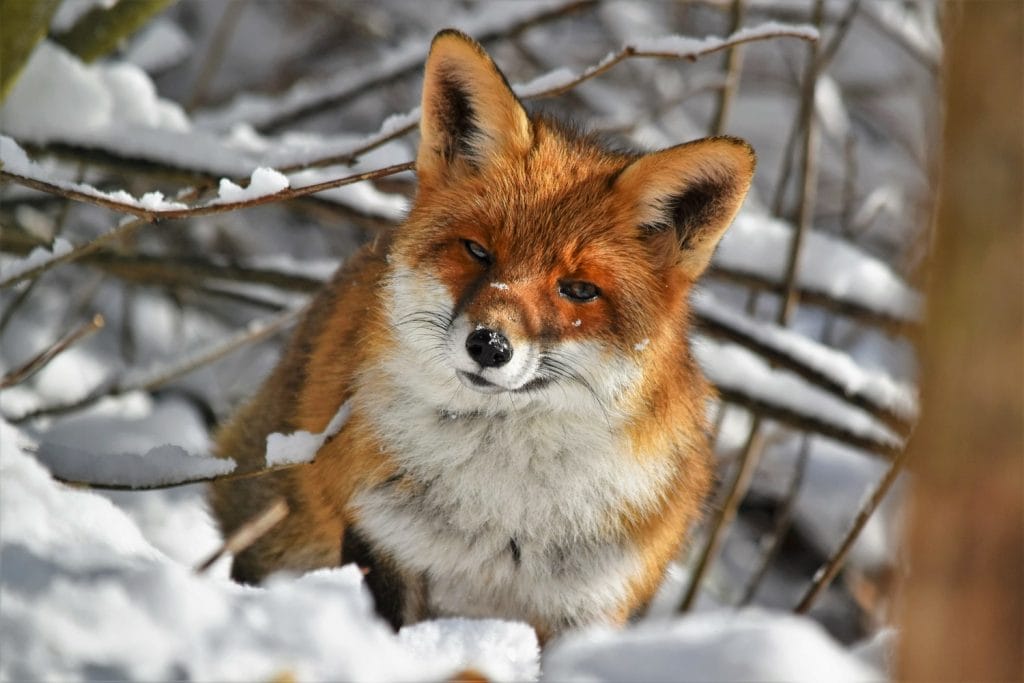
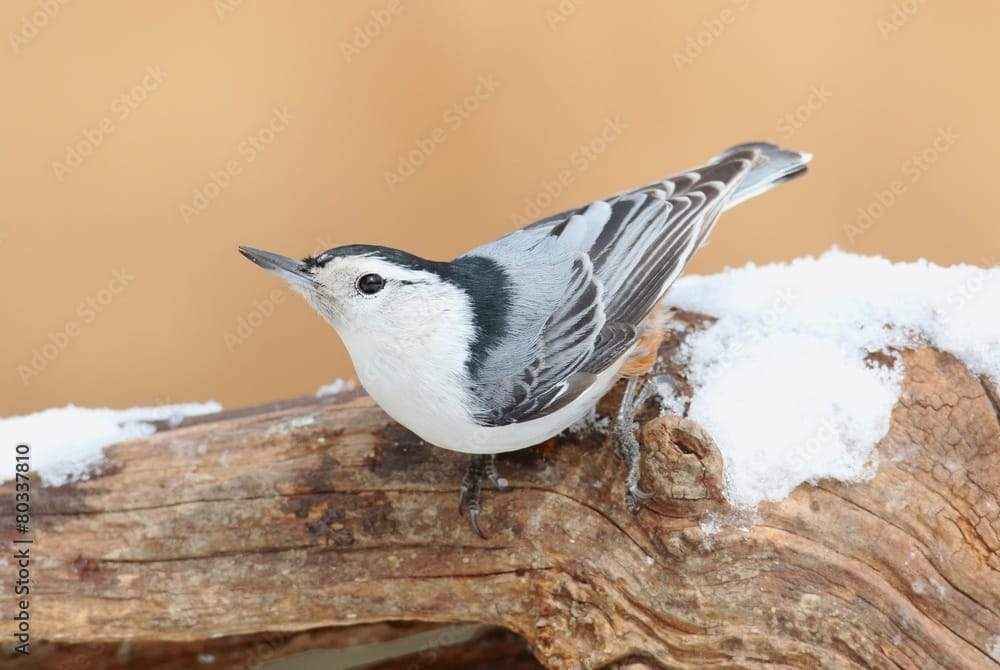
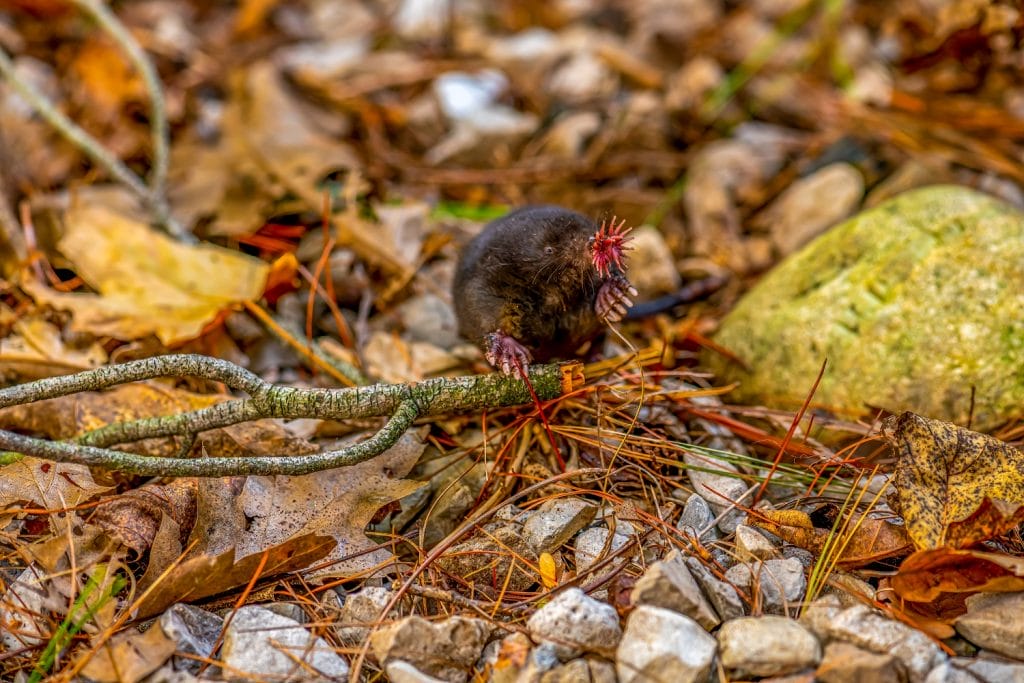
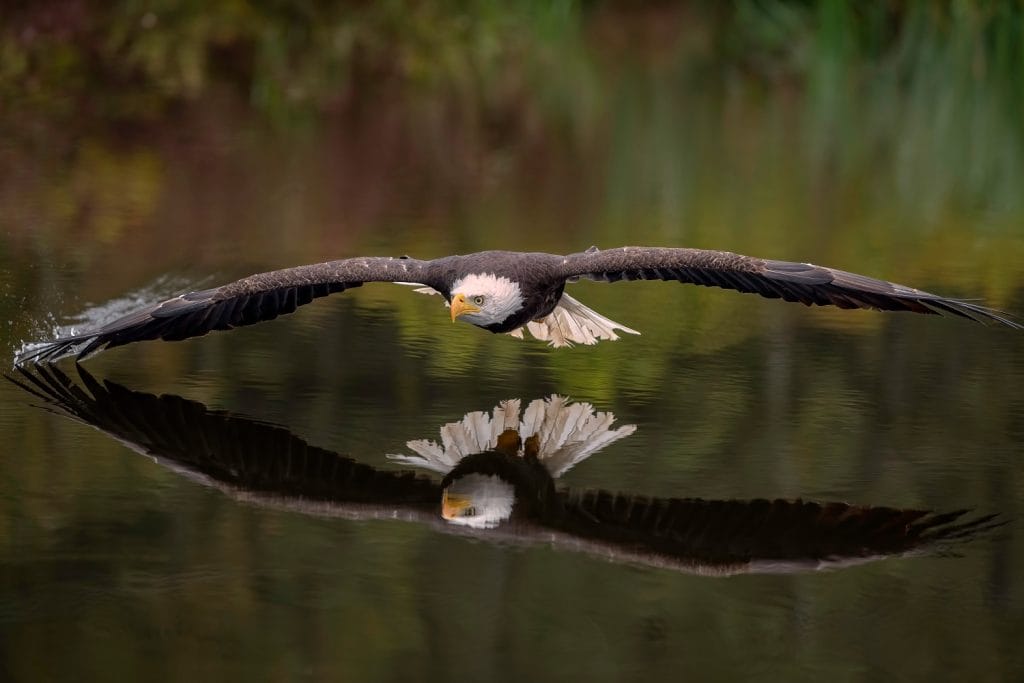
0 Comments